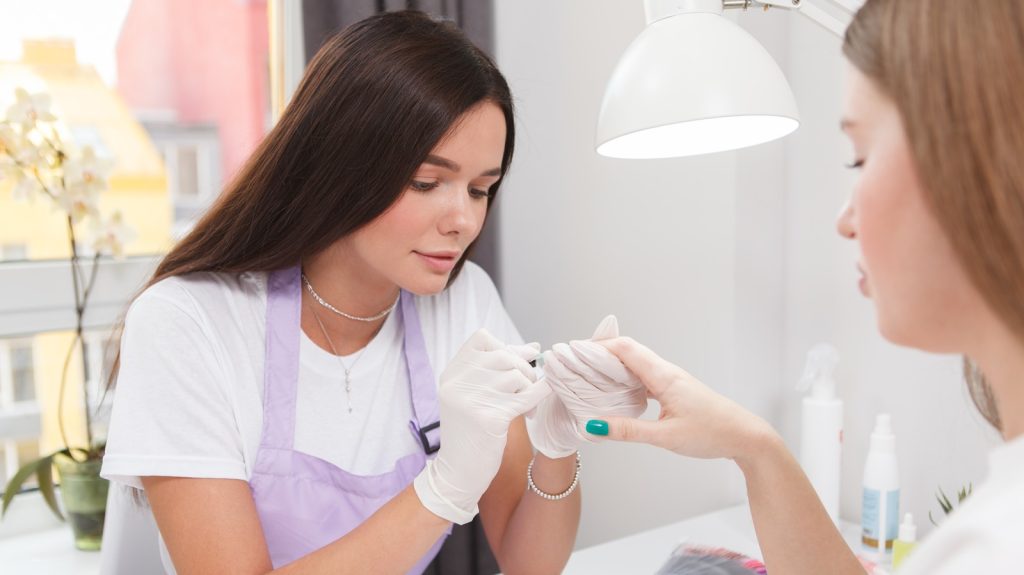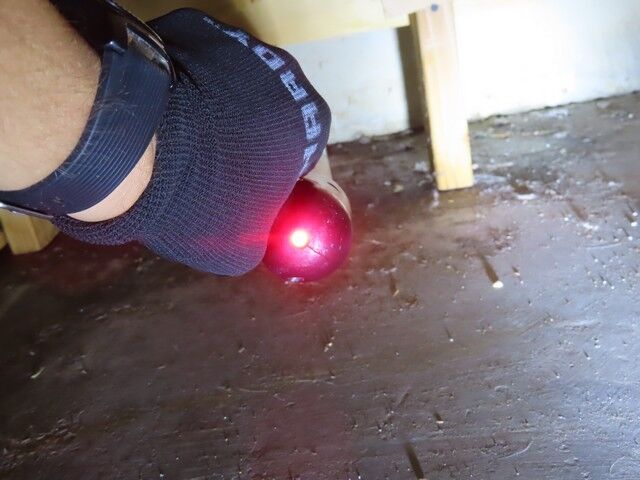Best Psychiatry New York for Adult ADHD Diagnosis and Support
Best Psychiatry New York for Adult ADHD Diagnosis and Support

Finding the best psychiatry New York option for adult ADHD can feel overwhelming. Many adults in NY live for years without clear answers. Symptoms are often mistaken for stress or burnout. Others are treated only for anxiety or depression. A proper psychiatric evaluation can change everything. With the right psychiatrist, adult ADHD becomes manageable and treatable through evidence-based mental health care.
Keep reading to understand how expert psychiatric care in New York helps patients take control of their mental health and daily life.
Why Adult ADHD Is Often Missed
Adult ADHD is one of the most overlooked mental health conditions. Many people assume ADHD ends after childhood. In reality, symptoms often continue into adulthood and shift in presentation. Adults may struggle with focus, organization, emotional regulation, or sleep disorders like insomnia.
A board-certified psychiatrist uses a thorough and comprehensive psychiatric approach. This includes listening carefully, reviewing life history, and identifying patterns across work, school, and relationships. In NY, experienced psychiatrists in NYC understand how ADHD overlaps with other mental health challenges such as PTSD, OCD, bipolar disorder, and substance abuse.
Without proper diagnosis, patients may feel frustrated or misunderstood. Accurate psychiatric care helps patients move forward with confidence.
What Makes a Psychiatrist the Right Choice for Adult ADHD
Not every psychiatrist specializes in adult ADHD. The best psychiatry New York practices focus on patient-centered and compassionate care. A qualified psychiatrist or psychiatric nurse practitioner understands how adult ADHD impacts daily functioning and quality of life.
Key qualities include:
- Board-certified psychiatrist or licensed nurse practitioner
- Experience treating a wide range of mental health conditions
- Ability to diagnose and treat psychiatric disorders accurately
- Willingness to personalize every treatment plan
The goal is not just symptom control. It is to empower patients to live fulfilling lives through expert psychiatric care.
The Adult ADHD Diagnostic Process in New York
High quality psychiatric care in New York starts with a comprehensive psychiatric evaluation. This process is detailed and evidence-based. It allows psychiatrists to diagnose ADHD accurately while ruling out other mental health conditions.
The evaluation often includes:
- In-depth clinical interviews
- Review of adolescent and adult symptoms
- Screening for bipolar, schizophrenia, PTSD, OCD, and sleep disorders
- Assessment of mental health needs across life stages including postpartum periods
Patients often ask how long diagnosis takes. For a deeper explanation, our related article How Many Sessions For A Psychiatrist To Diagnose Average Diagnosis Time According To Psychiatrists Brooklyn explains what to expect during the evaluation process.
Medication Management as Part of Psychiatric Care
Medication management is a key part of adult ADHD treatment. It must be administered carefully and monitored over time. A psychiatrist evaluates response, side effects, and overall wellness.
Medication management may include:
- Stimulant or non-stimulant medications
- Ongoing adjustments based on patient response
- Monitoring sleep, mood, and focus
- Coordinating care across in-person and telemedicine visits
Medication is never used alone. It is one component of a personalized treatment strategy designed to support lasting change.
Therapy and Psychotherapy Support
Medication works best when paired with therapy. Many psychiatry practices offer psychotherapy or work closely with a psychotherapist. Therapy helps patients build skills and coping strategies.
Common therapy approaches include:
- Cognitive behavioral therapy
- Behavioral coaching for ADHD
- Trauma informed therapy for PTSD
- Support for anxiety, OCD, and bipolar disorder
Psychotherapy strengthens the therapeutic alliance and creates a non-judgmental space where patients feel heard. Many patients say quality psychiatric care “made me feel very comfortable” and supported throughout treatment.
Treating a Wide Range of Mental Health Conditions
Adult ADHD often exists alongside other psychiatric disorders. The best psychiatry New York providers treat a wide range of mental health challenges through integrated care.
Conditions commonly treated include:
- ADHD and adolescent ADHD
- Anxiety and depression
- Bipolar and bipolar disorder
- PTSD and trauma related conditions
- OCD and schizophrenia
- Insomnia and sleep disorders
- Substance abuse and postpartum mental health conditions
This range of mental health services ensures patients receive the care they need under one coordinated treatment plan.
In-Person and Telemedicine Care in New York
Modern psychiatric care should be accessible to patients. Many psychiatrists in NYC now offer both in-person appointments and telemedicine. This allows care across different schedules and lifestyles.
Benefits include:
- In-person appointments for thorough evaluations
- Telemedicine for ongoing mental health treatment
- Flexible scheduling across NY
- Accessible mental health services for busy adults
This approach prioritizes patient-centered care and continuity.
Insurance Coverage and Mental Health Care Access
Affordability is a major concern for many patients. Leading psychiatry practices in New York accept most insurance plans and assist with benefit verification.
Support includes:
- Reviewing insurance plans and coverage
- Explaining treatment options clearly
- Helping patients prioritize mental health without financial stress
Accessible care improves adherence and long term outcomes.
Start Your Journey With Empire Psychiatry
Take the first step toward better focus and balance. Empire Psychiatry provides expert psychiatric care for adult ADHD and a wide range of mental health needs. Our psychiatrists and nurse practitioners specialize in evidence-based, personalized care that helps patients manage symptoms and improve quality of life.
We offer compassionate care, in-person and virtual appointments, and acceptance of most insurance plans. Our patient-centered approach ensures you receive the care you need in New York.
Call (516) 900-7646 today to start your journey. Let us help you move forward with clarity, confidence, and lasting wellness.

Empire Psychiatry
(516) 900-7646









